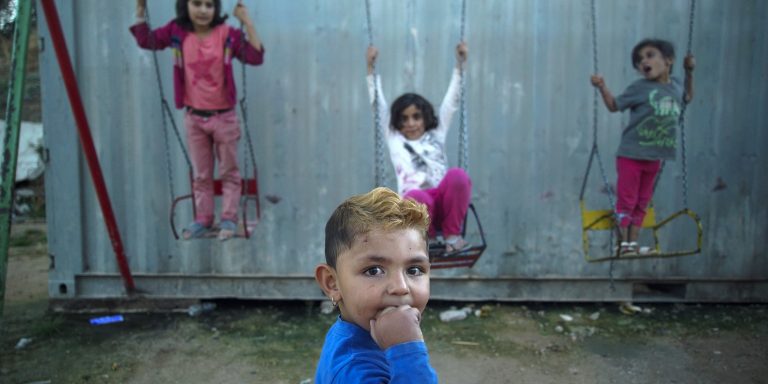INTELBRIEF
July 2, 2018
IntelBrief: The complexity of Europe’s Migration Challenge

- On June 29, after lengthy negotiations, the EU agreed in principle on new steps to address its migration challenge.
- While lacking the all-important specifics, the agreement highlights just how politically and socially sensitive and urgent the issue has become.
- The agreement seeks to establish screening centers outside of countries like Italy, Spain, and Greece that are now handling the majority of arrivals.
- Perhaps more than any other single issue, migration and refugees is dividing the EU.
.
As witnessed at the recent European Union summit, the issue of migration will continue to be the most pressing for the EU in both the near-and-long term. A primary cause for the tension has been the issue of refugees, which spiked in 2015-16,but has slowly receded in actual numbers since. Still, the topic has increased in terms of political and social concern among various European Union member states and their citizens.
There is a real and growing contrast between the trend of lower numbers of refugee arrivals yet higher rates of concern and worry by EU citizens over the issue. Some of this concern stems from the strain of trying to accommodate the massive number of refugees who arrived on the shores of Greece and Italy during the peak of the crisis. As noted in a June 27, 2018, article in the New York Times, countries in the EU ‘are still struggling to absorb the roughly 1.8 million sea arrivals since 2014.’ Yet the overall numbers have plummeted since 2015-2016 to levels last seen in 2011.
Still, the issue is politically explosive and is a very real threat to the unity of the EU, more so than any other single issue. The issue of migration can also be applied to economic concerns as well as concerns of culture and social cohesion. Hungary’s Prime Minister Viktor Orban has been extremely successful in demonizing immigration and saying the EU and Hungary had ‘failed to defend ourselves against the migrant invasion.’ The term ‘invasion’ is a very deliberate term, one used as well in the U.S. by the Trump Administration.Italy’s new right-wing government also sees immigration as the fundamental issue facing the EU.
It was Italy’s move to essentially block consideration of nearly all other matters facing the EU, as well as German Chancellor Angela Merkel’s need to work with an increasingly assertive anti-immigration coalition government, that led to the June 29 migration deal. The agreement in principle stated that the group would seek to establish screening centers both inside Europe, to relieve the stress on countries like Italy and Greece that have carried the brunt of sea-borne arrivals, as well as outside Europe, in an attempt to prevent large numbers of people from attempting the dangerous journey in the first place.
The agreement provides no details as to which countries would agree to host the screening centers, both inside and outside of the EU. It also makes vague mention of strengthening internal borders to include ‘all necessary internal legislative and administrative measures to counter such movements.’ Yet the concept of essentially borderless travel within the EU is a hallmark and foundational aspect of the block, and so it is unclear what steps individual countries would take that would satisfy their respective domestic concerns while still adhering to the Schengen free-travel area.
.
For tailored research and analysis, please contact: info@thesoufancenter.org
[video width="960" height="540" mp4="https://thesoufancenter.org/wp-content/uploads/2018/07/IB-0702.mp4" poster="https://thesoufancenter.org/wp-content/uploads/2018/06/AP_16272729814833.jpg"][/video]